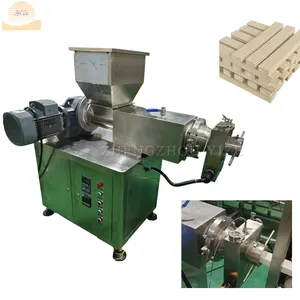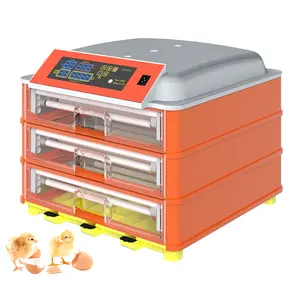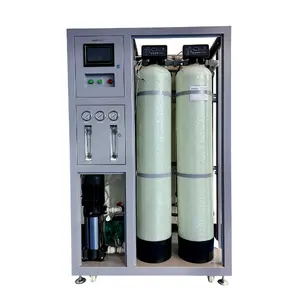Popular in your industry
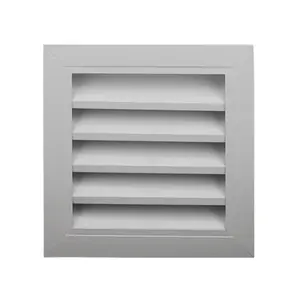





































































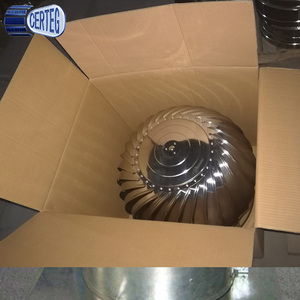


Related Searches:




































































































































Top categories
About roof cowl ventilation
The roof cowl ventilation is a crucial component in modern buildings for ensuring proper ventilation. It is designed to sit atop a roof, working as an inlet or outlet for air. The roof cowl vent prevents unwanted entities from entering the building, such as rain, debris, and animals, while allowing air to circulate freely. Installing a roof cowl vent is a straightforward process that can be done by a skilled DIY enthusiast or a professional roofer.
Types of Roof Cowl Ventilation
Roof cowl vents come in various types, each designed to serve a specific purpose or fit certain architectural styles. A wind-driven roof cowl vent harnesses the power of wind to draw air from the building. A passive roof cowl ventilation is a simple design that relies on natural convection currents to ventilate the building. An electric roof cowl vent is powered by electricity, often equipped with a motor to enhance airflow. An extractor fan roof cowl uses a fan to draw air out of the building. Some roof cowl vents are designed for specific applications. For example, a kitchen roof cowl vent is specially engineered to vent out cooking fumes and odors.
The Pros and Cons of Roof Cowl Ventilation
There are several advantages to using roof cowl ventilation. Roof cowl vents are effective at removing stale air and moisture from the building. They can improve the indoor air quality and create a more comfortable living environment. Roof cowl vents are also energy-efficient, as they can reduce the need for mechanical cooling systems by promoting natural airflow. On the other hand, roof cowl ventilation may have some disadvantages. Roof cowl vents, especially those powered by fans, can generate noise. They may require periodic maintenance to ensure optimal performance. Moreover, improper installation or damage to the roof cowl vent can lead to water leaks and compromise the building's integrity.
Common Applications of Roof Cowl Ventilation
Roof cowl ventilation finds application in various settings, from residential houses to industrial facilities. In homes, roof cowl vents are commonly used to ventilate attics and improve overall air circulation. In commercial buildings, roof cowl vents are often installed on the roof to exhaust hot air, helping to regulate indoor temperature and save on cooling costs. In industrial settings, roof cowl ventilation is essential for maintaining air quality and removing harmful fumes and pollutants. In agricultural operations, roof cowl vents are used in barns and other structures to provide proper ventilation for livestock and prevent the buildup of odors and gases.
Roof cowl ventilation is a key component in ensuring proper air circulation and ventilation in buildings. It can be found in various forms, from wind-driven designs to those powered by electric fans. The roof cowl vent effectively removes stale air and moisture from interiors, making them more energy-efficient and improving indoor air quality. The applications range from residential homes to industrial facilities, attics, and barns. Although they can be noisy and require maintenance, they are crucial for creating a comfortable and healthy living environment.


